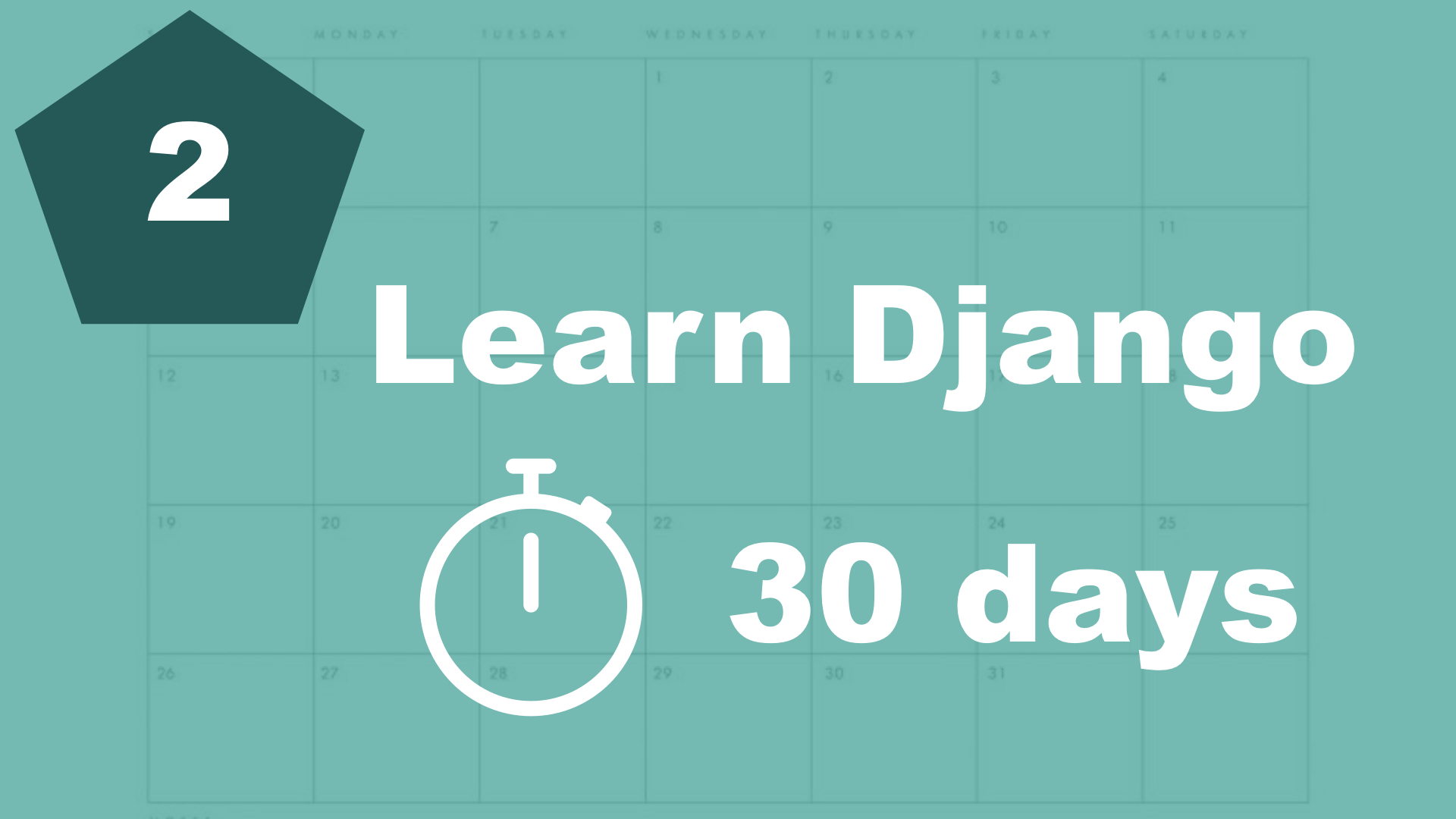You can install Django a couple of different ways. Directly on your computer, a virtual environment, a virtual machine, Docker, etc. So there are a lot of different ways to do this. In this tutorial, we're going to stick with a virtual environment. This is really easy to get started with, and it's one of the recommended ways to do it.
A virtual environment is a little environment in your computer. When it's activated, we can install Python packages (like Django) for this environment only. It also makes it easy to maintain and deploy, because we can replicated the environment on a server and similar.
Virtual environment
So first, we can install the virtual environment using pip (a package manager for Python). Run the following command in your command line/terminal.
$ pip install virtualenvWhen that's finished, we can create a new environment for our project. Let's call it "toodoo_env".
$ virtualenv toodoo_envGreat, now we have a virtual environment. Let's go into it and activate it.
$ cd toodoo_env
$ source bin/activateNow, the name of the environment should be infront of your username in the command line. As long as the environment is activated and we use "pip", the package will only be installed for the activated environment.
Django
Finally it's time to install Django and create an empty project.
$ pip install djangoThis will install the latest stable version of Django and a few dependencies that Django has. Next we will create the project.
$ django-admin startproject toodooThe "django-admin" command was made available when we installed Django.
Now, we have an empty Django project and we're ready to start digging into it tomorrow.
